|
Post originally made on March 17, 2015 on the EcoEvoLab Blog (ecoevolab.com) This post was inspired by recent conversations in our department regarding the contemporary place of natural history in science (e.g. Are students disregarding natural history for the sake of their scientific questions? Does natural history without a broader scientific question even have a place in science? Why the lack of respect for purely descriptive science?) While each of these questions could stand alone as posts, I am not going to address them, at least directly. Instead, the importance of natural history is one thing, I think, that no one denies. The first natural historians were artists, so through the next few of my posts I’m going to acknowledge some influential pieces of incredible art and natural history. The five volumes of De Materia Medica consist of over 600 plants, animals and minerals, as well as near 1000 medicinal cocktails. Each of the illustrated entries gives natural history details including recognition tips, pharmacological effects, and even cautionary notes. The Roman physician Dioscorides classified the various plants and substances into five volumes (e.g. volume 1 focuses on aromatics– oils and ointments, and the useful plants such as cinnamon, mastic or peach; volumes 3-4 focus on herbs, roots and seeds). According to science historians, De Materia Medica is one of the most enduring works of natural history in history, not replaced for about 1,500 years. It was one of the earliest scientific manuscripts translated from Greek into Arabic in the 9th century when it quickly became the basis of Islamic pharmacology. Hand-copied and illustrated manuscripts were distributed widely and never left circulation, unlike other classical documents. Eventually Dioscorides’ work was revised during the Renaissance. Interestingly, perhaps history is having the same conversation that we are: can natural history ever be purely descriptive? De Materia Medica was not a purely observational account of the wonders of the natural world. Though accurate in it’s observational drawings (though some copies include artistic tendencies towards symmetry and stylization), it had the purpose of understanding the natural world to answer scientific questions about medicine.
Thanks to Wikipedia and the Aga Khan Museum online gallery for information and images.
0 Comments
Leave a Reply. |
Let's see, shall we.CategoriesArchives
October 2020
|
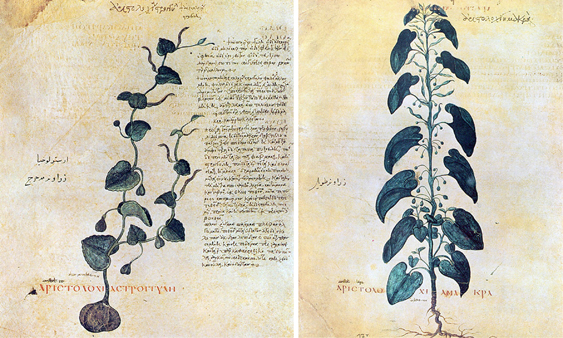
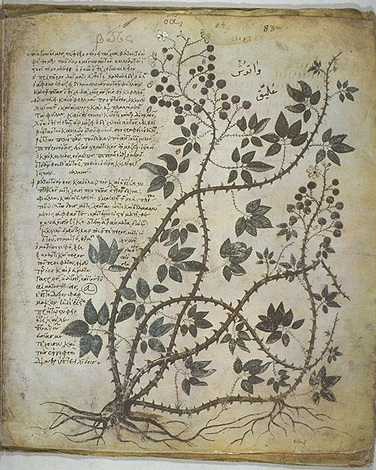
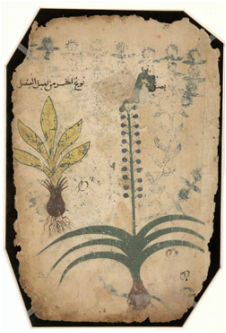
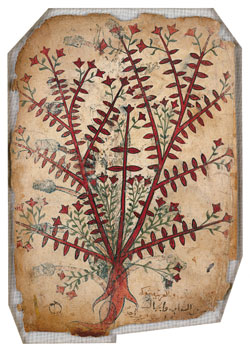
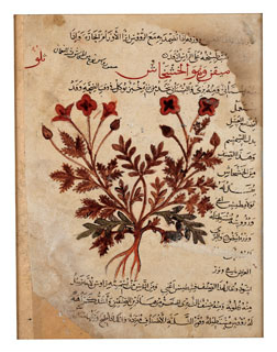
 RSS Feed
RSS Feed